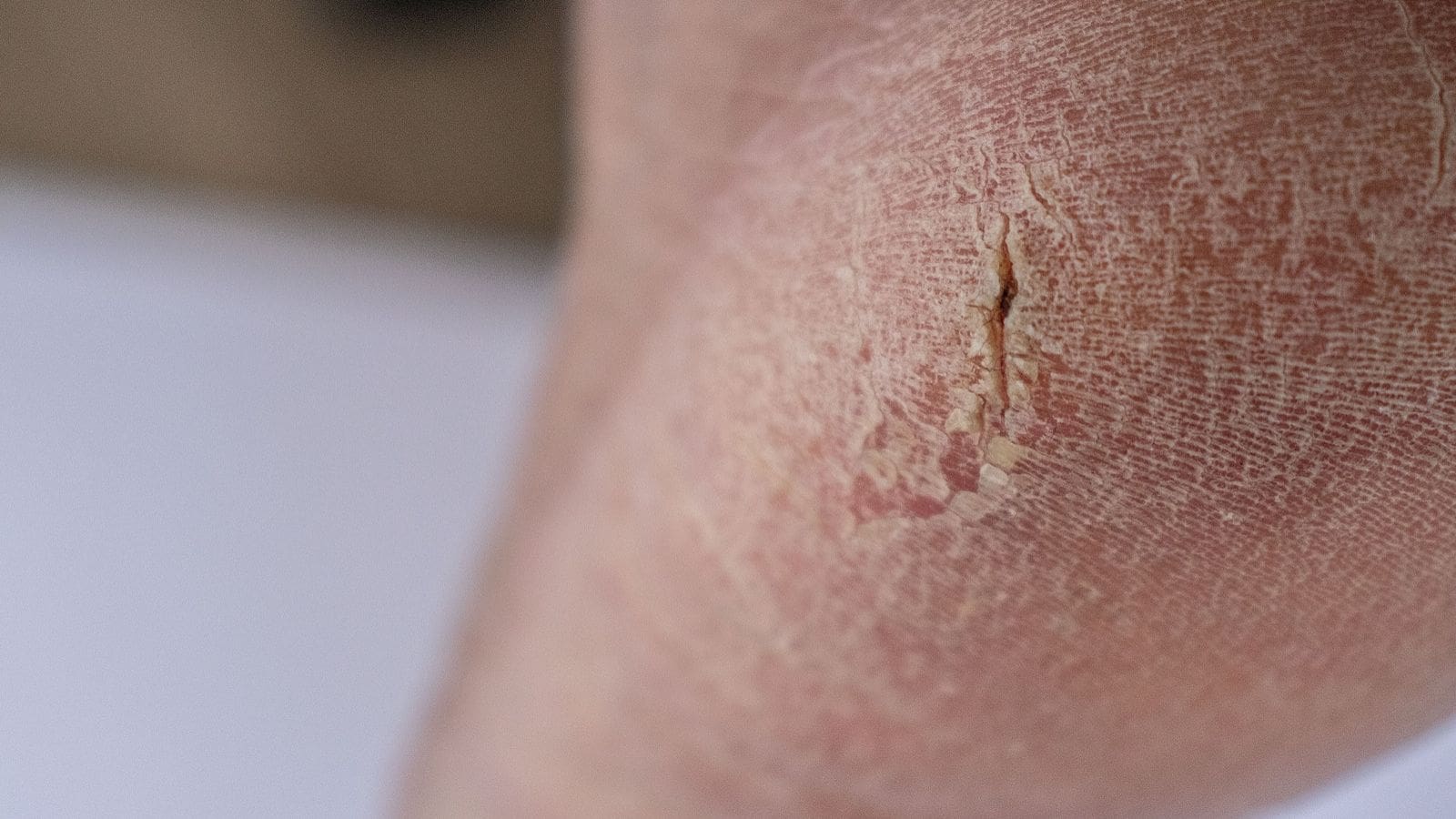Join The Nantwich Clinic Club to keep up to date with news and offers!
Sign Up
A few months back we posted our top tips for taking care of your feet over the cold winter months, and while we’re still feeling the chill midway through March we know that spring is right around the corner. For some, this means it’s time to get the gardening equipment out and get their garden looking shipshape but for other, it means it’s time to prepare for the challenges that spring will bring with it.
As we move through the different seasons of the year, most people are prepared for these changes that come hand in hand with the seasons. As we go through winter it’s time to get wrapped up warm and as we get into spring and summer it’s time to get the fans and air conditioning turned up to max, but did you know that these seasonal changes have an effect on your body too?
While seasonal changes can affect your whole body, one key area that that vast majority of us use on a daily basis is the feet and these changes can affect the joints, skin and even the build up of fluid which cause problems with the way you move. This post will break down a few of the different ways that the seasons affect your feet, as well as giving some tips on how you can manage these changes yourself!
When the temperature drops, it can cause the skin to dry out and form cracks in the outer layers that can bleed. It’s not the temperature drop on its own that causes the problems, it’s a combination effect of cold outdoor weather mixed with using your indoor heating to keep warm. Cracks tend to form in the skin, most often around the heels, when the dry air coming in from outside mixes with the low humidity air inside your warm home.
To manage any symptoms that may occur while the weather outside is a bit on the harsh side, your best bet is to make time for a good footcare routine. Exfoliation and moisturising work brilliantly for dry skin anywhere on the body, so these methods work wonders for your feet as well. Investing in good products that are made up of the right components can both treat and prevent cracks within the skin.

This one seems a bit weird to think about on paper, but your feet can actually be different sizes in different seasons due to the effects of the weather. While this type of problem can affect anyone, it does tend to be worse in people who struggle with diabetes or rheumatoid arthritis as these problems can cause swelling in the feet already, which tends to worsen in humid weather.
During the summertime when the weather is warm and bright, your body naturally triggers its cooling mechanisms to keep a regulated temperature. When the body is too hot, the veins dilate in an attempt to help the body to cool down. When the veins dilate though it can occasionally cause fluid to leak into the surrounding tissue and if the body is unable to recirculate the fluid, it can start to pool which leads to swelling in the tissues. The reason this is a problem for your feet is that they are already working against gravity to pump blood back to the heart anyway, and if they start to struggle then your feet will start to swell.
The good news is that any symptoms and effects are easily managed by making a few small changes to your daily lifestyle. Reducing your sodium intake, making healthier meal choices and exercising or moving more frequently can all help your circulation to be more efficient, reducing the risk of fluid accumulation in your feet and ankles. Another way that this can be managed is by wearing compression stockings to apply a gradual pressure to the calf and ankle, helping the blood to be pumped back to the heart effectively.

While this won’t affect everyone, simply having your weight fluctuate between different seasons can cause foot problems. During the summertime when it’s warm and bright, it’s a lot easier to be motivated to go outside than it is during the cold and dreary winter months. This can lead to a more sedentary lifestyle, with decreased activity levels and worse nutritional choices which both ultimately lead to an increase in weight. This weight gain in turn places more pressure on the different ligaments and tendons found within the feet, causing foot pain that you may not have experienced previously due to being a lower weight.
While the only way to truly manage these symptoms would be weight loss, you can help by making improvements or adjustments to your footwear. Choosing to wear footwear that fits correctly can make a huge difference to how your feet feel, and things like custom made orthotics can help to correct any biomechanical issues with the way that you walk, and insoles are able to provide additional support and cushioning for the feet.

If you need to talk to a member of our podiatry team about foot pain or how the changing seasons is affecting your feet, get in touch with The Nantwich Clinic today on 01270 627118.
Whether it’s a quick question that you need to ask, or you would like to book an appointment with us, we want to hear from you. Simply click the button below to get started or contact us on 01270 627118.
